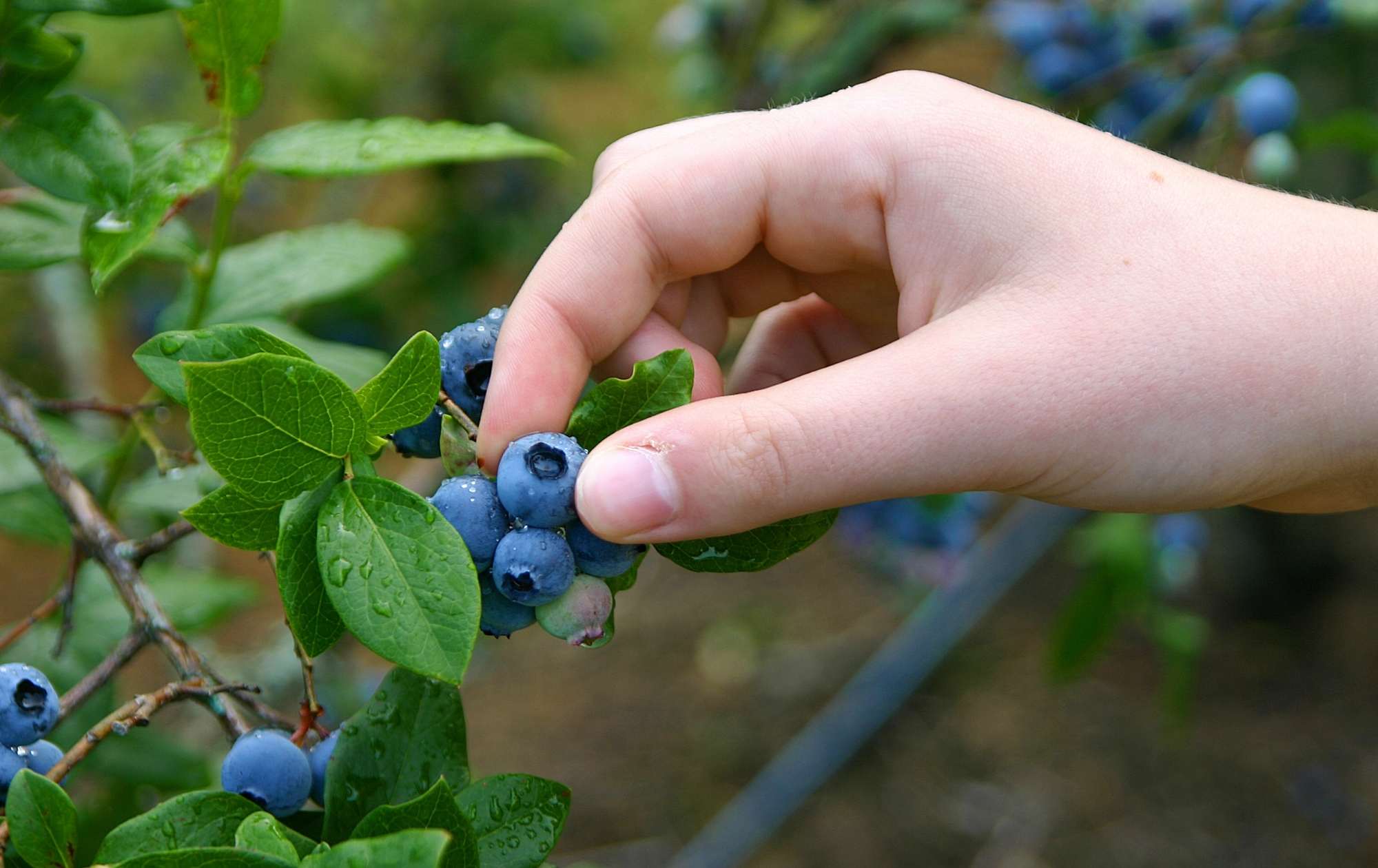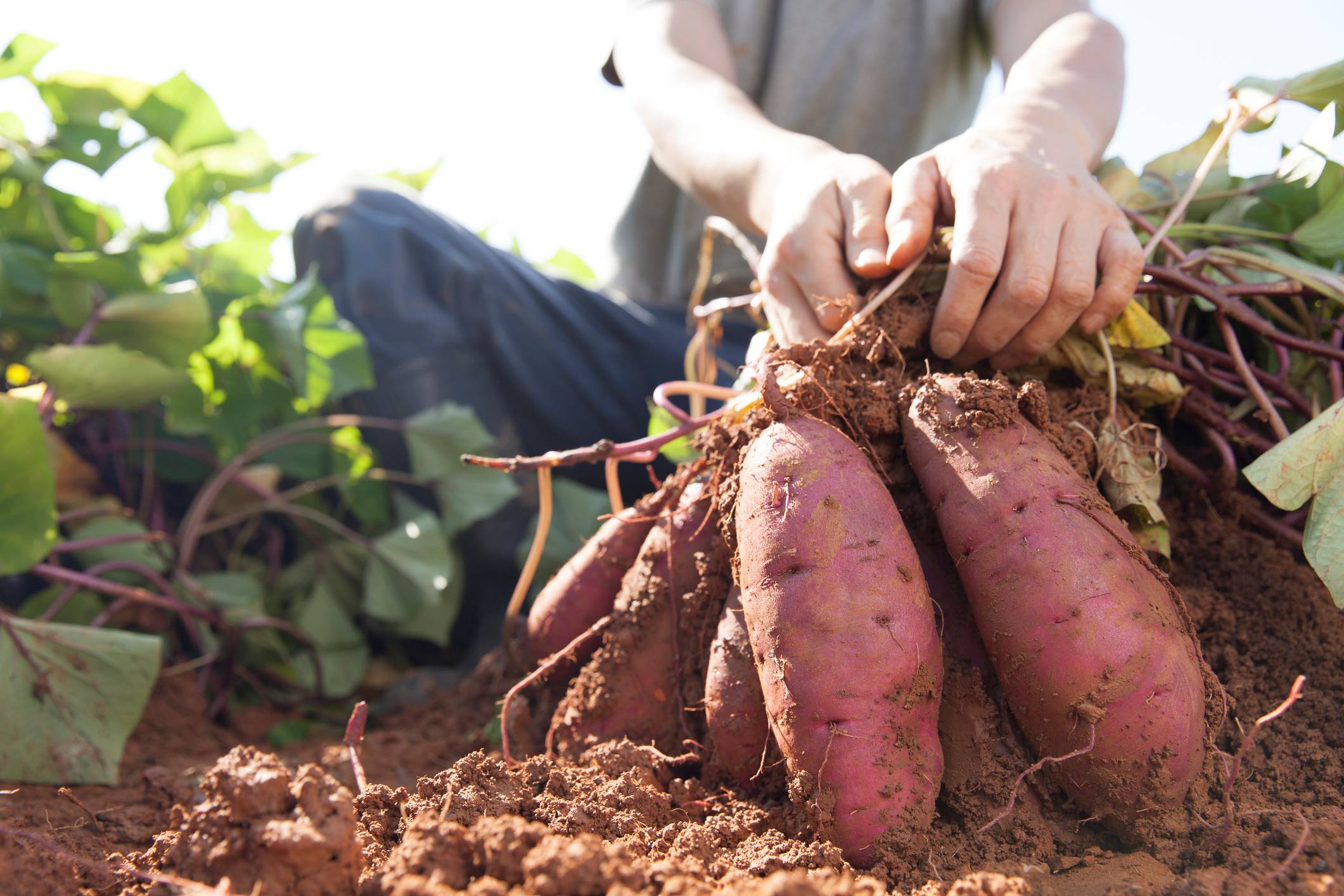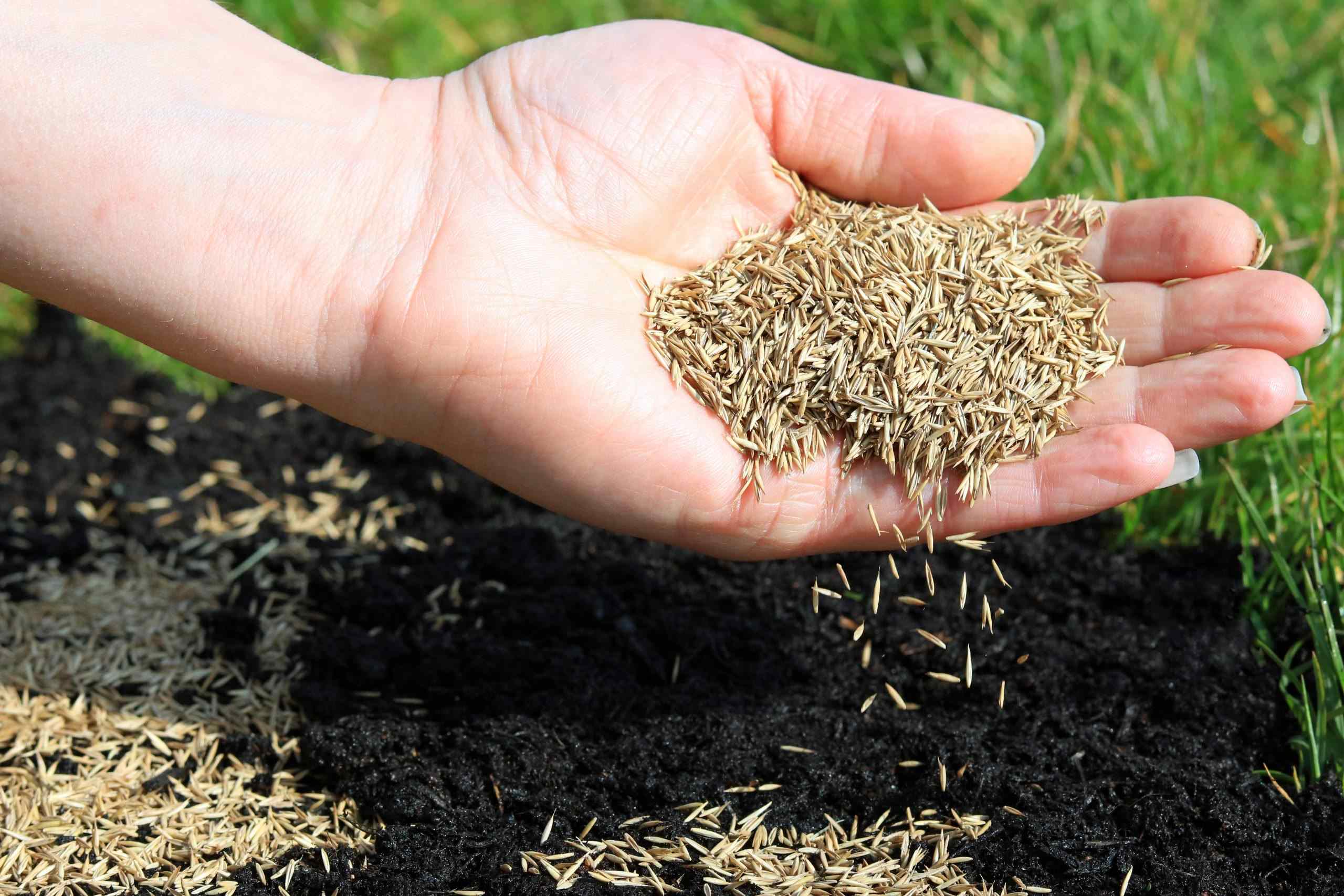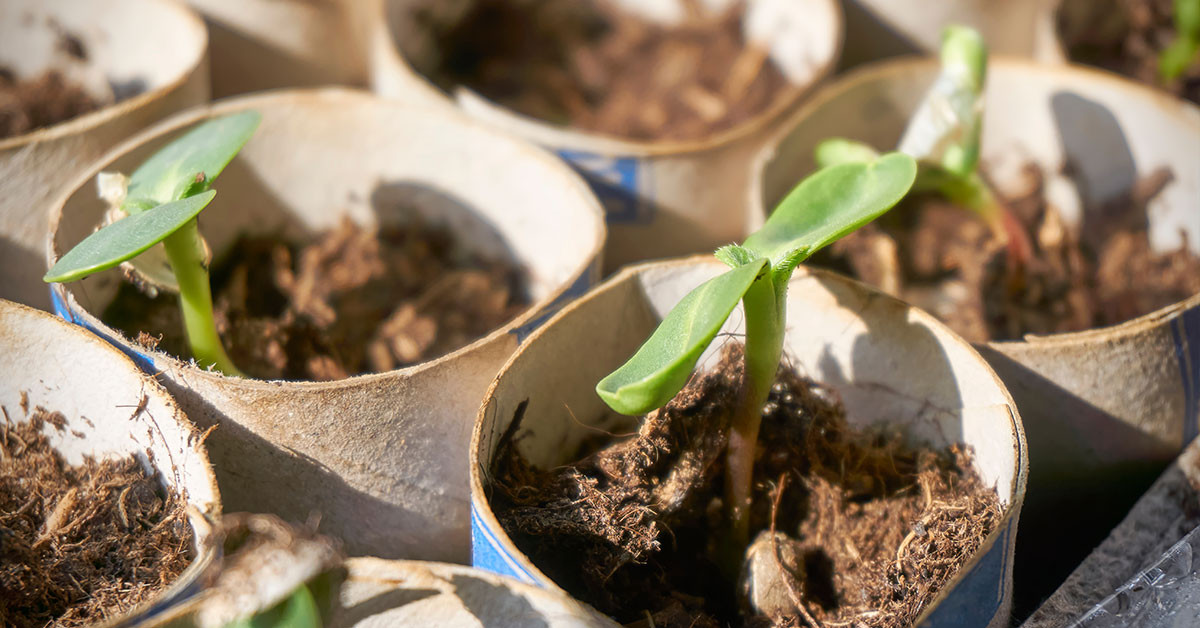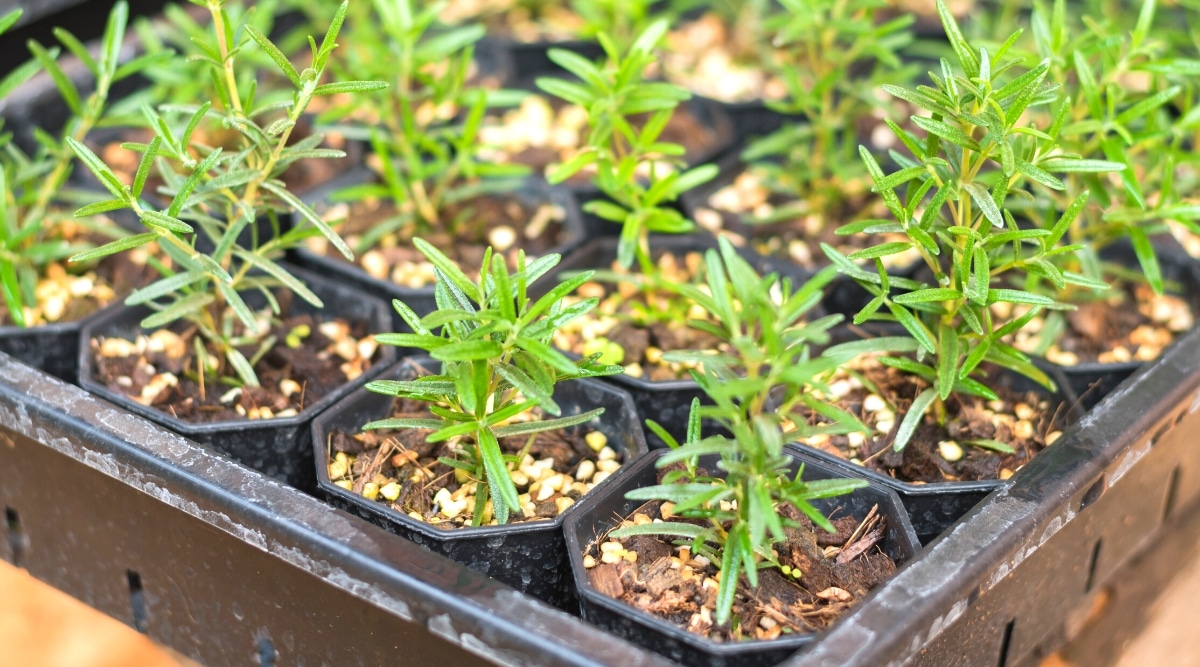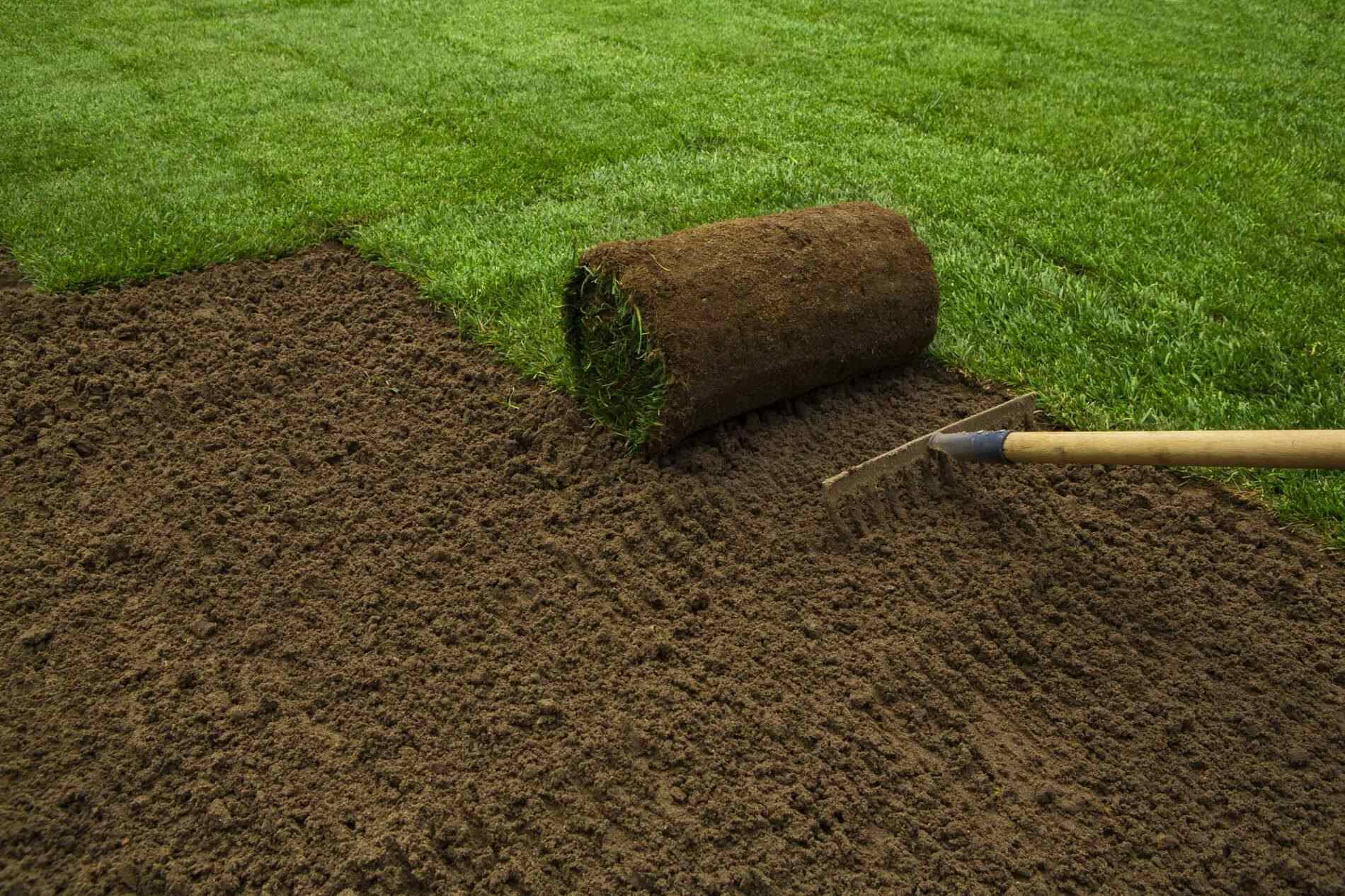Home>Types of Gardening>Ornamental Gardening>How Long After Planting Do Dahlias Sprout
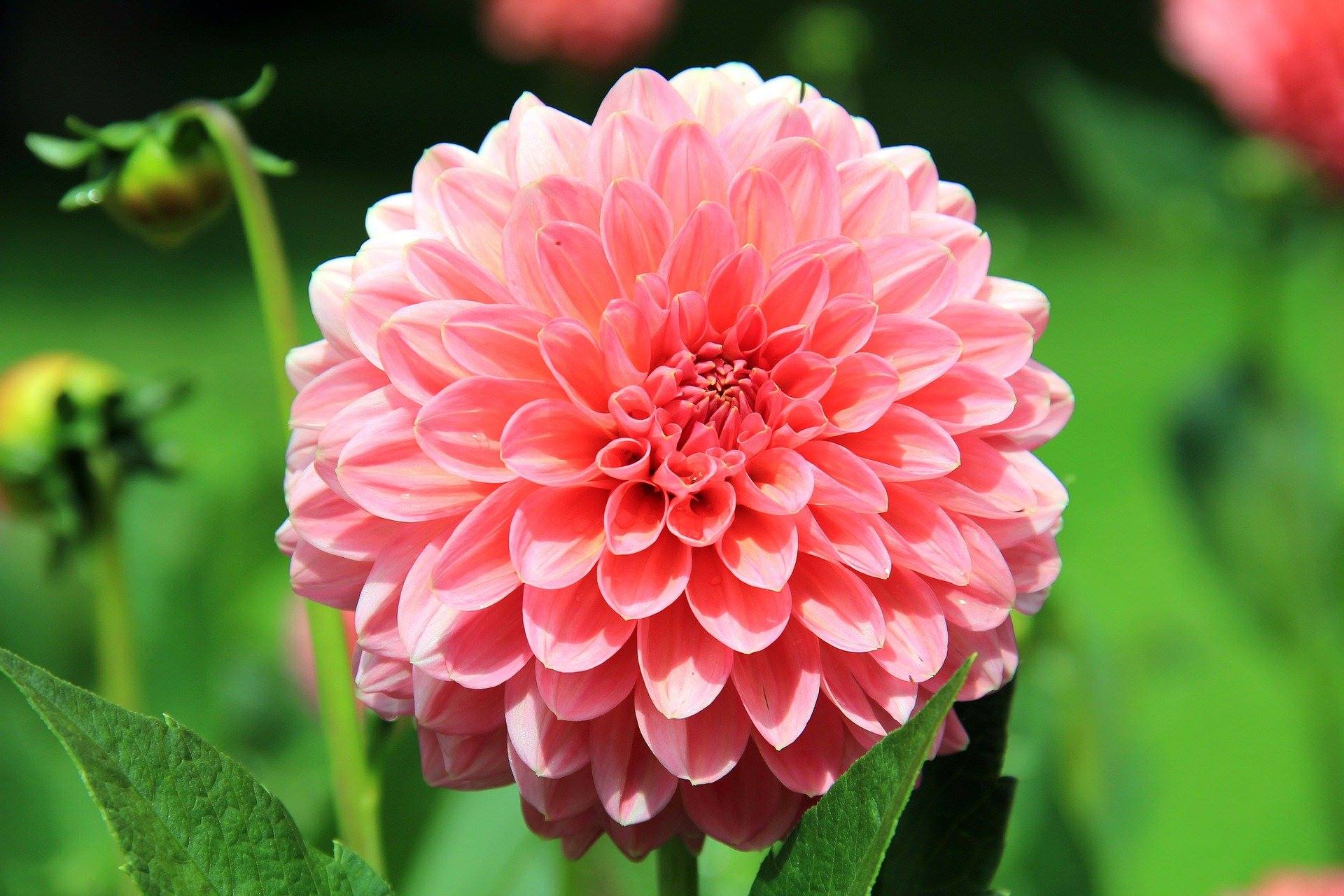

Ornamental Gardening
How Long After Planting Do Dahlias Sprout
Modified: February 9, 2024
Learn about dahlias in ornamental gardening. Discover how long it takes for dahlias to sprout after planting and enjoy the beauty of these flowers in your garden.
(Many of the links in this article redirect to a specific reviewed product. Your purchase of these products through affiliate links helps to generate commission for Chicagolandgardening.com, at no extra cost. Learn more)
Table of Contents
Introduction
Welcome to the world of ornamental gardening! If you are a gardening enthusiast looking to add a touch of beauty and elegance to your outdoor space, growing dahlias is an excellent choice. These vibrant and diverse flowering plants are known for their stunning blooms and can bring life and color to any garden.
But as a gardener, one question that may be on your mind is, “How long does it take for dahlias to sprout after planting?” Patience is indeed a virtue in gardening, as the sprouting process may vary depending on several factors. In this article, we will explore the different factors that can influence dahlia sprouting time, best practices for planting dahlias, expected sprouting times, and tips to promote faster sprouting.
Whether you are a beginner or experienced gardener, understanding the factors that affect dahlia sprouting time is crucial to plan and manage your gardening activities effectively. Let’s dive in and explore the fascinating world of dahlia sprouting!
Factors Affecting Dahlia Sprouting Time
Several factors can influence the sprouting time of dahlias. It is important to consider these variables to understand why your dahlias may take longer or shorter to sprout. Below are some key factors that can impact dahlia sprouting time:
- Variety: Different dahlia varieties have varying sprouting times. Some may sprout relatively quickly, while others may take a bit longer. It’s essential to research the specific variety you are planting to get an idea of its typical sprouting time.
- Temperature: Temperature plays a vital role in the sprouting process. Dahlias thrive in warm soil, with the optimal range being around 60 to 70 degrees Fahrenheit (15 to 21 degrees Celsius). If the soil temperature is too cold, it can significantly delay sprouting. On the other hand, if the soil temperature is too hot, it can inhibit sprouting or lead to weak and leggy seedlings.
- Soil Moisture: Proper soil moisture is essential for successful sprouting. Dahlias prefer well-draining soil that is evenly moist but not waterlogged. If the soil is too dry, the tubers may take longer to sprout or fail to sprout altogether. Conversely, overly saturated soil can lead to rot and other issues that hinder the sprouting process.
- Soil Quality: The quality of the soil can affect the sprouting time of dahlias. Ensure that the soil is rich in organic matter and nutrients. Loose and well-aerated soil promotes healthy root development and facilitates quicker sprouting.
- Planting Depth: The depth at which you plant the dahlia tubers can impact sprouting time. Planting them too deep may slow down sprouting, while planting too shallow can expose the tubers to unfavorable conditions. As a general rule, plant the tubers around 4 to 6 inches (10 to 15 centimeters) deep.
- Pre-Planting Preparation: Preparing the tubers before planting can also affect sprouting time. Inspect the tubers for any signs of damage or disease, and remove any parts that appear unhealthy. Additionally, you can give the tubers a head start by soaking them in warm water for a few hours before planting. This can help stimulate the sprouting process.
Understanding these factors and taking appropriate measures can help you optimize the sprouting time of your dahlias. Remember, gardening is a dynamic process, and each garden may have unique conditions that can influence sprouting time. It’s essential to observe and adjust accordingly to ensure the best possible outcome.
Planting Dahlias: Best Practices
Proper planting techniques are crucial for the successful sprouting and growth of dahlias. Follow these best practices to ensure that you provide the best environment for your dahlias to thrive:
- Choose the Right Location: Select a planting location that receives at least 6 hours of direct sunlight daily. Dahlias crave sunlight for optimal growth and abundant blooms. Make sure the soil in the chosen area is well-draining and rich in organic matter.
- Prepare the Soil: Before planting, prepare the soil by removing any weeds, rocks, or debris. Loosen the soil to a depth of about 12 inches (30 centimeters) to improve aeration and drainage. Incorporate compost or well-rotted organic matter to enrich the soil with nutrients.
- Planting the Tubers: Dig a hole that is wide and deep enough to accommodate the dahlia tuber. Place the tuber in the hole with the sprout or eye facing upward. Space multiple tubers at least 18 inches (45 centimeters) apart to allow ample room for growth. Cover the tuber with soil, leaving about an inch (2.5 centimeters) of soil above the tuber.
- Watering: After planting, water thoroughly to settle the soil and provide moisture for the tubers. Keep the soil consistently moist but not overly saturated. Avoid overwatering, as it can lead to rot and other diseases. Water at the base of the plant to prevent wetting the foliage, which can increase the risk of fungal diseases.
- Mulching: Apply a layer of organic mulch, such as straw or wood chips, around the base of the plants. Mulching helps regulate soil temperature, retain moisture, and suppress weed growth. Avoid placing mulch directly against the stem to prevent rot.
- Support and Pruning: Depending on the dahlia variety, you may need to provide support, such as stakes or cages, to prevent the plants from falling over once they grow taller. Additionally, regular pruning can help promote bushier growth and increase flower production. Remove any dead or damaged foliage and pinch off the tips of the main stems to encourage branching.
- Fertilizing: Dahlias are heavy feeders and benefit from regular fertilization. Apply a balanced fertilizer, such as a 10-10-10 or 12-12-12 formula, every 4-6 weeks during the growing season. Follow the recommended dosage on the fertilizer packaging to avoid over-fertilization.
By following these best practices, you can provide an optimal growing environment for your dahlias, setting them up for healthy sprouting and vigorous growth. Remember to monitor the plants regularly, attend to their specific needs, and make adjustments as necessary to ensure their success.
Expected Sprouting Time for Dahlias
When it comes to the sprouting time of dahlias, it’s essential to set realistic expectations. The exact sprouting time can vary depending on the factors mentioned earlier. However, on average, dahlias typically take around 2 to 4 weeks to sprout after planting. This timeframe may vary slightly based on the specific variety, growing conditions, and other factors.
It’s important to note that dahlias are perennials, meaning they can grow and bloom year after year. If you are planting dahlia tubers, they may take a bit longer to sprout compared to starting from seeds. Dahlia tubers are essentially the “storage organs” of the plant, containing all the nutrients and energy needed for growth.
The sprouting process begins as the tuber absorbs moisture from the soil and activates the dormant bud or “eye.” The bud then starts to push through the soil to form the main stem, from which the foliage and eventually the flowers will emerge.
While the average sprouting time for dahlias is 2 to 4 weeks, it’s essential to be patient and avoid disturbing the soil during this period. Sometimes, factors like colder soil temperatures or other environmental conditions can extend the sprouting time. If you don’t see any signs of sprouting after a few weeks, don’t panic. Give the tubers a little more time, ensuring that the soil remains moist but not overly saturated.
Remember, nature works in its own time, and varying conditions can lead to variations in sprouting time. Stay vigilant, monitor the soil moisture, and provide the right conditions for the tubers to sprout and grow.
Promoting Faster Sprouting of Dahlias
If you’re eager to see your dahlias sprout and bloom sooner, there are several strategies you can employ to promote faster sprouting. While these techniques may not guarantee immediate results, they can help create optimal conditions and encourage timely sprouting. Here are some tips:
- Start with Healthy Tubers: Choose tubers that are firm, plump, and free from damage or disease. High-quality tubers have a better chance of sprouting quickly.
- Pre-Sprouting: Consider pre-sprouting your dahlia tubers indoors before planting them in the garden. Place the tubers in a tray or container with moistened potting soil and keep them in a warm location. This method can help jumpstart the sprouting process before transplanting them outdoors.
- Warm Soil: Ensure that the soil temperature remains warm enough to encourage sprouting. Use mulch or fabric covers to help trap heat and keep the soil consistently warm.
- Warm Water Soak: Give your tubers a warm water soak before planting them. This can help stimulate sprouting by providing moisture and warmth to the tubers.
- Proper Watering: Maintain consistent soil moisture throughout the sprouting period. Avoid letting the soil dry out completely or become excessively wet. Keep a careful balance to provide the ideal conditions for sprouting.
- Humidity: Maintain a moderately humid environment around your dahlias by misting the foliage or using a humidifier nearby. Adequate humidity can promote faster sprouting and prevent the tubers from drying out.
- Protective Coverings: Consider using protective coverings, such as cloches or plastic domes, to create a microclimate for your dahlias. These coverings can help maintain higher temperatures and protect the plants from adverse weather conditions.
- Optimal Nutrition: Provide proper nutrition to your dahlias by incorporating organic matter, like compost, into the soil before planting. You can also apply a balanced fertilizer during the growing season to provide essential nutrients for healthy sprouting and growth.
By implementing these techniques and ensuring that your dahlias have the right conditions, you can enhance the likelihood of faster sprouting. Remember to be patient and monitor the progress of your plants. Each dahlia variety may have its unique sprouting time, and providing a nurturing environment will give them the best chance to sprout quickly and thrive.
Troubleshooting Delayed Sprouting of Dahlias
If you find that your dahlias are experiencing delayed sprouting or showing no signs of sprouting even after the expected timeframe, there may be underlying issues that need attention. Here are some common problems that can cause delayed sprouting of dahlias and suggested solutions to troubleshoot the issue:
- Cold Soil Temperature: If the soil temperature is too cold, it can significantly slow down the sprouting process. Use a soil thermometer to monitor the temperature and ensure it stays within the optimal range of 60 to 70 degrees Fahrenheit (15 to 21 degrees Celsius). If the soil is too cold, consider using protective coverings, like cloches or row covers, to create a warmer microclimate around the dahlias.
- Poor Soil Drainage: Excessive moisture retention or waterlogged soil can lead to rotting of the tubers and hinder sprouting. Ensure that the planting area has well-draining soil. If the soil is heavy or compacted, consider amending it with organic matter, like compost or peat moss, to improve drainage.
- Damaged or Unhealthy Tubers: If the tubers are damaged, dried out, or affected by disease, they may have difficulty sprouting. Inspect the tubers carefully before planting and discard any that show signs of damage or disease. Plant only healthy, firm, and viable tubers to promote successful sprouting.
- Improper Planting Depth: Planting dahlias too deep or too shallow can impact sprouting time. Follow the recommended planting depth guidelines of 4 to 6 inches (10 to 15 centimeters) deep. Shallow planting can expose the tubers to unfavorable conditions, while deep planting can delay sprouting as the stem needs to push through more soil to reach the surface.
- Insufficient Moisture: If the soil is too dry, it can delay or prevent the tubers from sprouting. Ensure that you are providing adequate moisture to the plants, particularly during dry periods. Water deeply and evenly, making sure the soil remains consistently moist but not waterlogged.
- Pests and Diseases: Insect pests or diseases can damage or weaken the tubers, hindering sprouting. Keep an eye out for common pests, such as slugs, snails, or aphids, and promptly take measures to control them. If you notice signs of disease, remove and destroy affected plants to prevent the spread of infection.
By addressing these potential issues and making the necessary adjustments, you can troubleshoot delayed sprouting of dahlias and improve the chances of successful sprouting. Remember that gardening is a learning process, and sometimes experimentation is necessary to find the right solution for your specific garden conditions.
Conclusion
Growing dahlias can be a rewarding and fulfilling experience, and understanding the factors that affect their sprouting time is key to a successful gardening journey. While the exact sprouting time for dahlias may vary based on various factors such as variety, temperature, soil moisture, and planting depth, patience is essential.
By following best practices for planting dahlias, including choosing the right location, preparing the soil, and providing adequate water and nutrients, you can create optimal conditions for sprouting and healthy growth. Additionally, employing strategies to promote faster sprouting, such as pre-sprouting, ensuring warm soil temperatures, and optimizing soil moisture, can help speed up the process.
However, if you encounter delayed sprouting or no sprouting at all, troubleshooting issues like cold soil temperature, poor drainage, damaged tubers, improper planting depth, insufficient moisture, and pests or diseases can help address the problem and improve the chances of successful sprouting.
Remember, gardening is a journey that requires observation, patience, and adaptation. Each garden and each plant is unique, and it may take some time to understand the specific needs and conditions that allow your dahlias to flourish. Enjoy the process, embrace the challenges, and celebrate the beauty of your blooming dahlias when the time comes.
So, go ahead and embark on your decorative gardening adventure with dahlias, and may you be rewarded with vibrant blooms that will enchant and elevate the beauty of your outdoor space!
